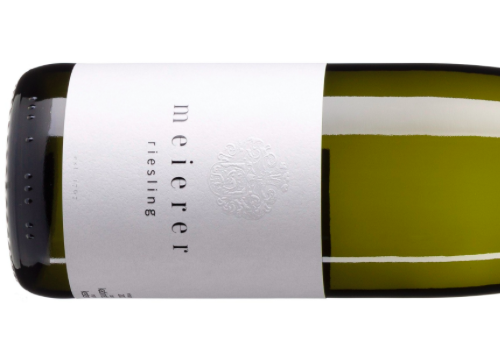(Editor’s note – This is a slideshow posting of a Palate Press article from 2012.)
I led a wine tasting once for students at Dartmouth’s Tuck School of Business. I like pouring for twenty-somethings because they’re so eager to taste and talk about wine. With B-schoolers like these, I’ll also cover the industry, from merchandising to pricing and distribution, but mostly I’m there to get wines into their bodies and get them thinking about the culture of wine, how to evaluate it, and how to integrate it into their lives.
About half-way through the tasting, I poured a round of a Rhône-style red blend, primarily grenache with a little syrah and cinsault added for depth and top-notes. It’s a light-bodied, fruit-driven wine with great acidity, and so it’s really food friendly. I asked the assembled what they might pair it with.
Poultry? someone ventured. Good, yes, roasted poultry would be great. What else? Cheese, someone said. Sure—and what else? Long pause. How about fish? I offered. This wine has supple tannins, so it would readily pair with lighter meats and seafood. Grenache in general is great with fish.
A few heads nodded hesitantly as I sensed some of them trying to wrap their minds around red wine with fish. A fellow in the corner raised his hand. So, how do you figure out what goes with what? he asked. How do you learn about pairing?
I don’t have an easy answer for you, I replied apologetically, but it is a great question. I have books on wine and food pairing, and while reading’s no substitute for tasting, books can introduce the foundation principles. You need to understand how to balance a wine’s sweetness, savoryness, acidity, fruitiness, tannin, and weight with those same elements in the food, while also accounting for the food’s spiciness, saltiness, or richness.
I guess it also helps that I’ve been cooking for twenty-five years, I continued, so I know what food tastes like, and I can conjure those taste memories when I’m tasting a wine. I jot notes on all the wines I taste, and addition to noting Color, Aroma, Flavor, and Finish, I’ve recently added a fifth category: Pairing. Here, while the wine’s fresh on my palate, I think about what I might pour it with—regardless of what I’m about to serve for dinner.
I guess my best answer, I concluded, is to buy a couple of books, then to become attentive, noticing what works best for you.
The young man nodded and smiled, perhaps appreciatively, or perhaps simply relieved that I’d run out of air.
I clearly hadn’t provided a remotely satisfactory answer for someone who is new to wine. So, as a kind of atonement, I’ve put together a short list of pairing rules I’ve derived over the years, lessons learned both by reading and by studying what’s in the glass, and on the plate, before me.
[metaslider id=28895]

